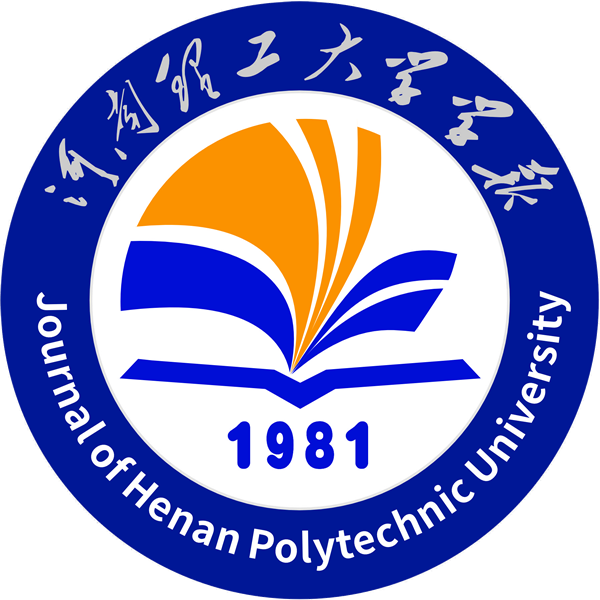| Time: 2022-09-10 | Counts: |
HE X H, ZHAI W M, GUO H L, ,et al.Study on population exposure risk to AOD in China based on multitemporal remote sensing data[J].Journal of Henan Polytechnic University(Natural Science) ,2022,41(5):68-76.
doi:10.16186/j.cnki.1673-9787.2020100009
Received:2020/10/08
Revised:2020/11/20
Published:2022/09/25
Study on population exposure risk to AOD in China based on
multitemporal remote sensing data
HE Xiaohui1,2, Zhai Weimin2, GUO Hengliang1, TIAN Zhihui1
1.School of Geoscience and Technology, Zhengzhou University, Zhengzhou 450001, Henan,China;2.School of Water Conservancy Engineering, Zhengzhou University, Zhengzhou 450001, Henan,China
Abstract:Aiming at the problem that few studies take aerosol pollution as the evaluation object under the national spatial scale,based on population grid data and Aqua/MODIS aerosol product data,kernel density analysis,spatial autocorrelation and other methods were used to explore the temporal and spatial characteristics of population exposure risk of AOD(aerosol optical depth)in China in 2018,and to identify typical regions and key cities in China and evaluate their exposure risk.The results showed that:(1)From the perspective of temporal and spatial changes,the exposure risk presented an inverted“U”pattern of seasonal change,which was“high in spring and summer,low in autumn and winter”.The high exposure risk areas were concentrated in the eastern region,and low exposure risk areas were widely and stably distributed,which were roughly in the form of“C”ring structure and spread out from the eastern region.(2)The distribution of AOD population exposure risk in China had a significant spatial clustering pattern,which was characterized by the eastern hot spot cluster(HH),the northeast,the west and the south cold spot cluster (LL).(3)The eastern region (Jing-Jin-Ji,Central Plains,and the Yangtze River Delta) and the central region(Chengdu-Chongqing)were high-risk urban agglomeration areas in 2018,among which the Central Plains region centered on Zhengzhou was the core area of high risk throughout the year.The results could provide a theoretical reference for joint prevention and control of atmospheric pollution areas,and could provide a scientific basis for reducing human health damage.
Key words:AOD;exposure risk;kernel density analysis;spatial autocorrelation;spatiotemporal analysis
- 附件【基于多时相遥感数据的中国AOD人口暴露风险研究_赫晓慧.pdf】Download 次

